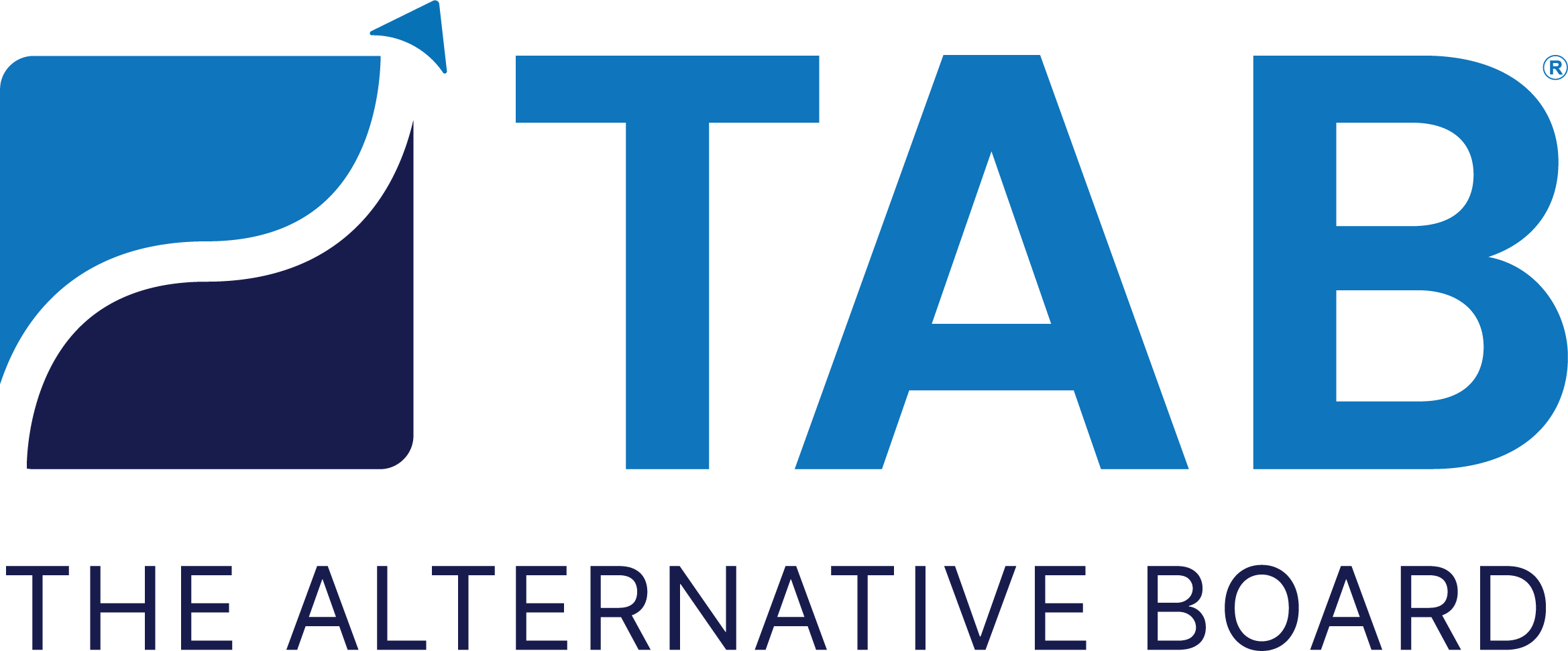Goal-Setting Tips for Your Remote Work Team
Is there any difference between setting goals for your on-site team and your remote workforce? Certainly, there are striking familiarities.
For example, whether employees work in-house or are remotely located, it’s vital that their goals are aligned in some ways with the company’s broader vision and mission. Employees in a physical setting or in their home offices are generally more motivated to achieve goals when they understand how their efforts fit into the company’s growth and purpose.
On the other hand, as ZDNET points out, for some remote workers previous goals “may no longer be relevant if the move to remote working has changed businesses’s priorities, or otherwise made certain ongoing projects unworkable.” Advise your managers to dig deep in discussions with these employees to address any discrepancies.
Here are tips on customizing the goal-setting process with your remote team:
Recognize different personalities.
When setting goals among remote workers, remember that these teams “are often diverse and distributed, which means they may have different work styles, preferences, and challenges,” notes LinkedIn. You’ll get a more favorable response when you “avoid imposing a one-size-fits-all approach.”
Ensure employee goals are clear and specific.
Vague generalizations about such goals as “boosting customer retention,” while worthwhile, usually fall flat with employees. Goals should be as specific as possible with clearly-stated deadlines or milestones. Using the SMART approach (Specific, Measurable, Achievable, Relevant and Time-Bound) helps remote workers better grasp what it is you’d like them at accomplish within a specified time-frame.
Communicate (and communicate some more)!
The surest path to effective goal-setting is through continuous communication. There are many tools at a manager’s disposal (text, email, video, chat apps, etc.), so there’s no excuse for failing to stay in touch with remote workers. Communication also helps facilitate employee feedback, fresh ideas, progress toward attaining a goal, and related matters. It’s a way to recognize individual and team efforts and modify goals as circumstances change throughout the year.
Established shared goals.
Individual goals are crucial, of course, but in many cases with remote workers, it’s a good idea to established shared goals. “This interdependence helps teams feel connected even when they’re apart,” notes Culture Amp. At the same time, for employees scattered among different regions and time-zones, “make sure their work is independent so they don’t feel blocked by other team members or need to coordinate outside of their normal working hours.”
Schedule regular check-ins.
A lack of engagement and/or sense of isolation is common among some remote workers and can impair their effectiveness and productivity. To offset this, monitor each employee’s progress towards their goals by scheduling formal or informal meetings on a regular basis. This helps improve feelings of engagement among workers in a remote setting and is a great method for detecting any unforeseen obstacles or challenges.
Integrate individual career plans with goal-setting.
Like on-site employees, remote workers often have ambitions to further their career within the organization. One proven method for enhancing the goal-setting process is to highlight how individual goals support an employee’s individual career advancement plans. Take time to conduct an in-depth conversation about where the employee wants to be in a year from now, five years from now, and so on.
As we have noted before, “Employees want to improve performance and feel more valued by the organization.” They are also motivated by the belief “that career advancement within the company is a genuine possibility.” This can help boost greater engagement and retention for both on-site and remotely based employees.

